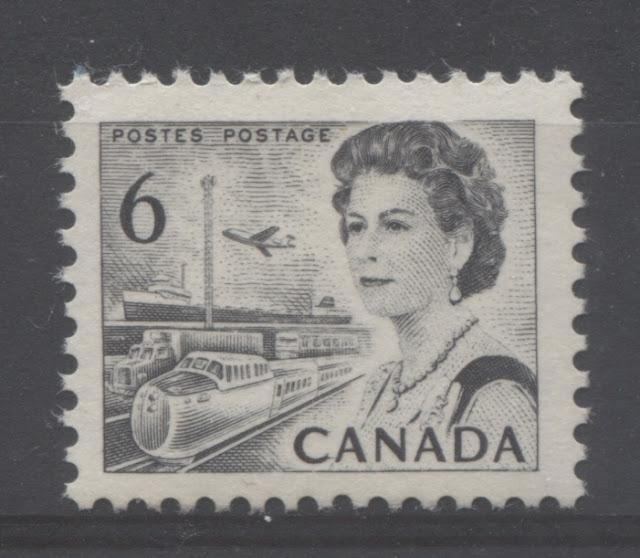The Totem Pole Eye Varieties on the 2c Centennial Issue Stamp of 1967-1973

Today's post will delve into a specific set of plate flaws that are specific to one value from the series: the 2c Pacific Coast totem pole. Two weeks ago I touched on the existence of several different plate flaws involving the eyes on the totem pole. In total, there are some 33 different varieties, that are located in different positions, on the various panes that comprise a full post office sheet of 600 stamps. Today, I will attempt to illustrate as many of these as I currently have in stock. Then, as I acquire more of the 33 known varieties, I will update this post to add examples. As a starting point, it is important to know what the normal totem pole looks like: In the normal totem pole, the 4 eyes of both the figure at the top and the figure in the centre of the pole consist of solid circles of colour that are surrounded by a larger circle. These eyes are "closed". The varieties consist in one or more of the four eyes being either: 1. Fully "open...

